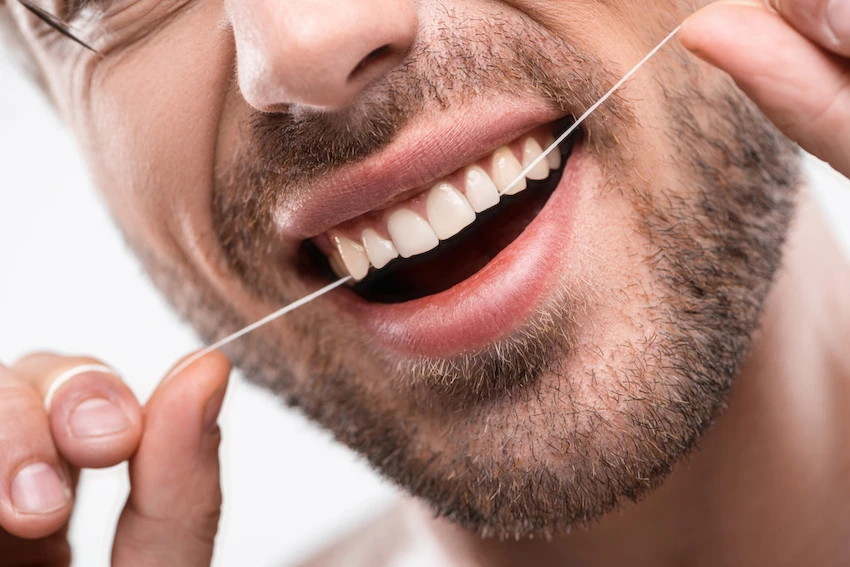🦷Types of Dental Crowns and Their Costs
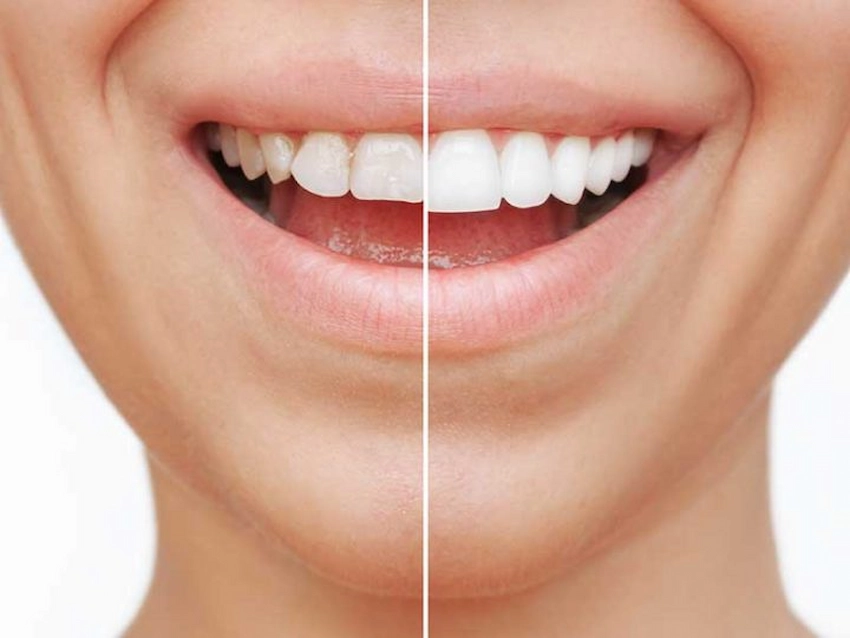
Dive into the world of diverse dental crowns like porcelain, metal, and zirconia, and the expenses you would have to meet for each. Look for a perfect solution that fits you best! Keeping in mind the need to mend chipped teeth, dental crowns are widely used as a remedy. With the help of different substances, each material is capable of bringing different advantages and has a different price range. From unbreakable porcelain to thriftier metal options, the process of learning about a variety of types of crowns will help you decide rationally and economically on your oral health treatment.
Multiple Dental Crown Varieties
Dental crowns offer an important treatment that saves damaged or decayed teeth. A variety of different crowns can solve a need, each of which is made to fit the patient’s dental needs. The following are the most common types:
- Resin Crowns: Resin crowns are quite budget-friendly and are only employed in a makeshift capacity since they have low durability.
- Porcelain Crowns: The most suitable crowns for the anterior teeth, and they take the perfect shape exactly as natural teeth, giving no difference in appearance in one word.
- Metal Crowns: Made from gold or other alloys, metal crowns are incredibly robust and durable, so they are the right choice for posterior teeth.
- Porcelain-Fused-to-Metal Crowns: The above-mentioned crowns were both useful in terms of durability and lasting in materials, so they will be in possession of those features that the new ones will a mix brightly.
Porcelain Crowns vs. Metal Crowns
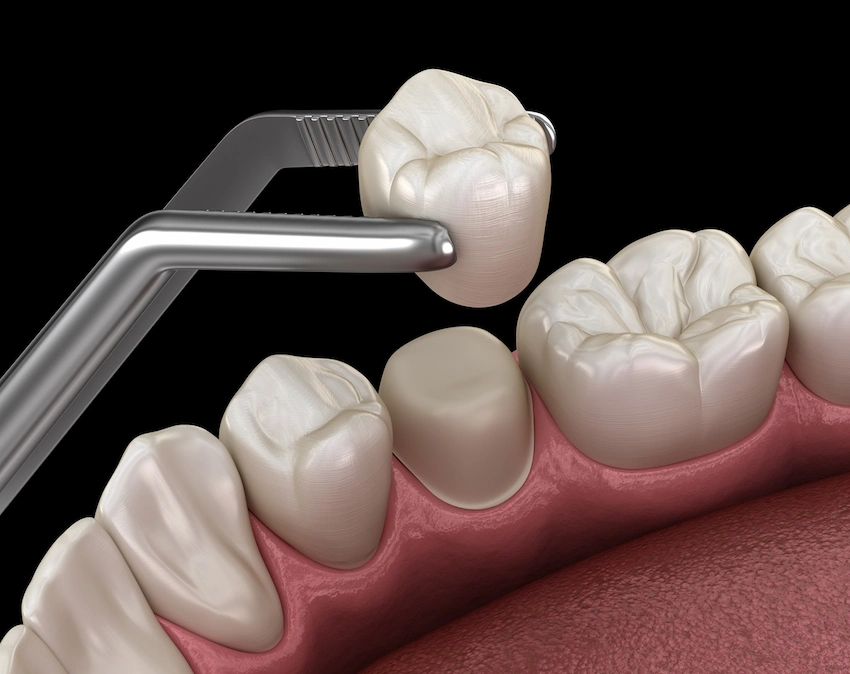
Deciding between porcelain crowns and metal crowns can be a smart step if you are only aware of what each has to offer. To begin with, two options have their undeniable pros:
Porcelain Crowns:
- They finish off natural teeth perfectly and create an aesthetic appeal, most of all.
- No problems with staining, and they can last for many years if properly maintained.
- Because of their natural look, they are the best fit for visible areas.
Metal Crowns:
- Being highly wear-resistant, they are capable of withstanding the most obvious tooth damage.
- These crowns are much stronger and less likely to chip or break than those made of porcelain material.
- They are not as attractive as the front teeth, but excellent for the back ones.
The final decision of what material to use between the two types of crowns is generally made by considering personal needs and preferences, foremost among which are materials- and location-related aspects of restoring the tooth of accomplishing restoration.
Ceramic Crowns: An Aesthetic and Durable Option

Tooth restoration by use of a ceramic crown is one of the most popular options due to its natural appearance and longevity. Since they are virtually indistinguishable from natural teeth, they are particularly suitable for the anterior teeth that are greatly concerned with aesthetics. Basically, with a ceramic crown, you won’t experience any taste from metal, and your crown will never discolor your gums, as porcelain or zirconia crowns are entirely non-metal. In comparison with metal crowns, their ceramic counterparts are made of superior materials that are robust and can be used in the long term with minimal problems. The ceramic crowns do not chip or crack easily, so they can be used for the wearer’s convenience for long periods without worrying about their durability.
| Type | Cost Range | Durability | Aesthetic Appeal |
| Porcelain-Fused-to-Metal | $800 – $1,500 | Moderate | High |
| All-Ceramic | $900 – $2,500 | Moderate to High | Very High |
| Pressed Ceramic | $1,000 – $2,500 | High | Very High |
Zirconia Crowns: Great Toughness and Natural Appearance

Zirconia crowns are the best example of both strength and good looks, being the right choice for the front and rear teeth. Formed with a single ceramic material, zirconia crowns are strong, durable, and they also offer a natural look that stays in line with the color of the teeth next to them. Their hardwearing and unbreakable traits mean that they are good for participants who always gnash their teeth or people with strong teeth. Zirconia’s biocompatibility is another important property that guarantees no traumatic irritation or allergic responses to the patients, and it can thus be a safe choice for various cases. The crown has been designed to last a really long time, reducing recurrent expenses in dental care.
| Type | Cost Range | Durability | Aesthetic Appeal |
| Zirconia Crown | $1,000 – $2,500 | Very High | High |
| Full-Contoured Zirconia | $900 – $2,200 | Very High | Moderate to High |
| Layered Zirconia | $1,200 – $2,800 | High | Very High |
Gold Crowns: Long-lasting and Cost-effective
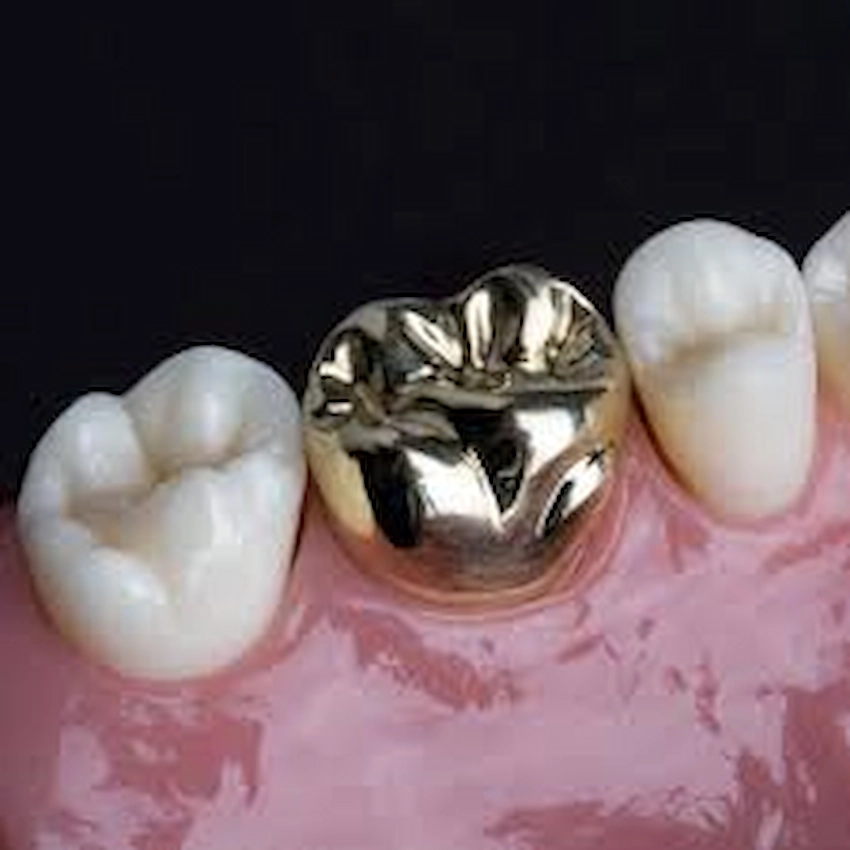
Gold crowns are preferred for a variety of reasons among dental crowns, and the first ones have to do with the quality of the material and the cost. A gold crown is a great investment if you want a solution that, with specific care, can remain effective for more than 10 years. The durability of gold allows it to carry the force of the bite, which makes it the perfect material for back teeth that mainly do the chewing. Furthermore, a gold crown has a lower chance of developing a chip or a crack caused by other materials. Although at the beginning, the cost may seem to be higher than that of porcelain crowns, the lifespan of gold crowns, together with their resistance, will show in the long run that the wearing of such crowns is the preferable option. If you prefer gold crowns, you will be free from worries about how the dental restoration will function during a typical day.
Temporary Crowns: Purpose and Placement
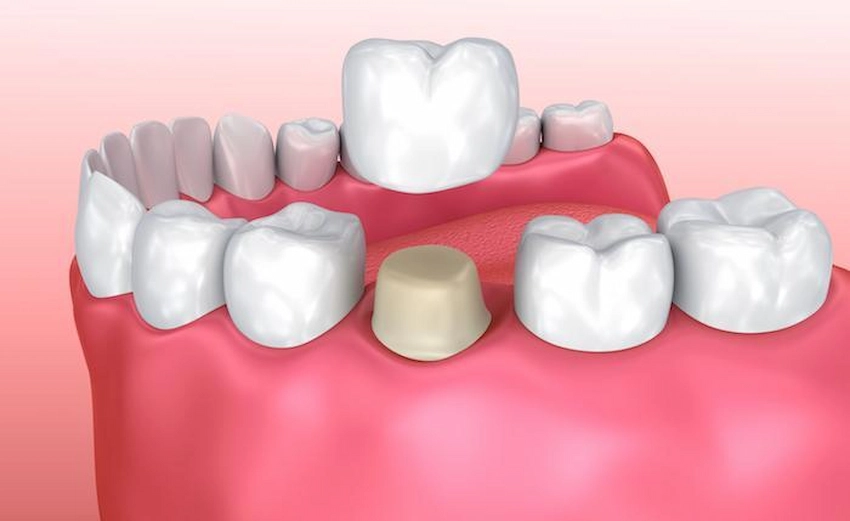
Temporary crowns play a very important role in dental treatments, especially as long as it takes to get the final restorations. Here are the basic things about their function and placement:
- Protection: After a root canal treatment or crown preparation, a temporary dental crown shields the newly finished tooth structure against any unfavorable outside impacts.
- Functionality: Besides, these crowns are performing the main function of the tooth; thus, you can still chew and speak using your natural occlusion until the permanent crown is made.
- Aesthetic Appeal: If you get temporary crowns, you don’t miss out on the aesthetic aspect of your smile, and they also work efficiently towards tooth health.
- Ease of Removal: Temporary crowns can be easily fixed or removed by dentists, and that process is free from hindrance and never becomes a problem when transitioning to permanent solutions.
While at a dental appointment, the dentist, with a custom-made retaining mechanism, will place a temporary crown that will be comfortable to wear, cover up the tooth, and not expose it too much to the environment the restoration is ready.
FAQ: Types Of Dental Crowns And Their Costs
The main types of dental crowns include ceramic crowns, porcelain-fused-to-metal (PFM) crowns, gold crowns, and resin crowns. Each type has its advantages in terms of aesthetics, strength, and durability.
Ceramic crowns generally range from $800 to $3,000 per tooth, depending on the dentist’s expertise and the location of the practice.
Yes, porcelain-fused-to-metal crowns are often more affordable, typically costing between $500 and $1,500. In contrast, gold crowns can range from $600 to $2,500, depending on the gold content and the dentist’s fees.
The cost of dental crowns can be influenced by several factors, including the type of material used, the location of the dental practice, the complexity of the case, and whether any preparatory work is needed before placing the crown.
Many dental insurance plans do cover a portion of the cost of crowns, but coverage can vary widely. It’s essential to check your specific plan to understand what is covered and what your out-of-pocket costs may be.



